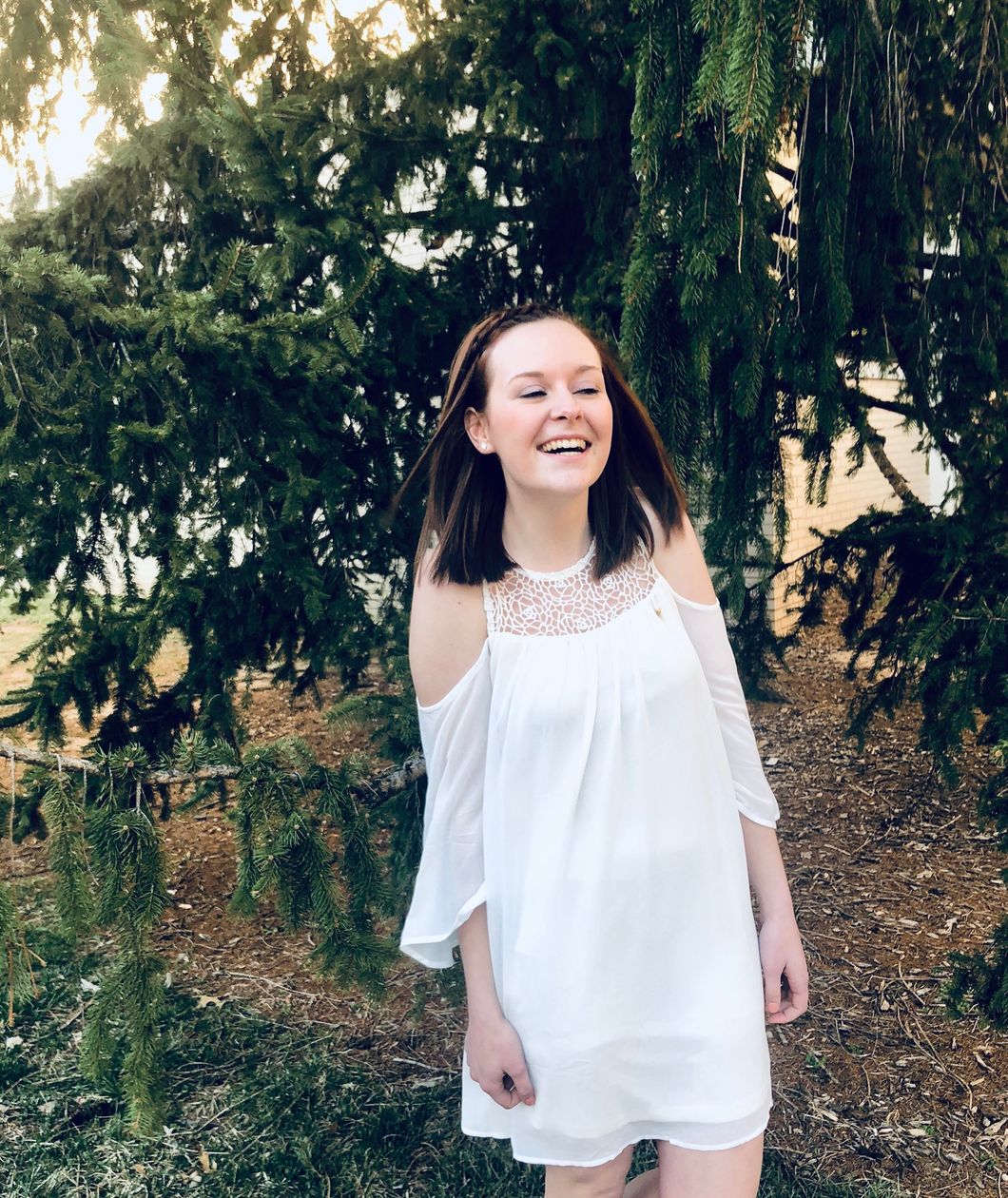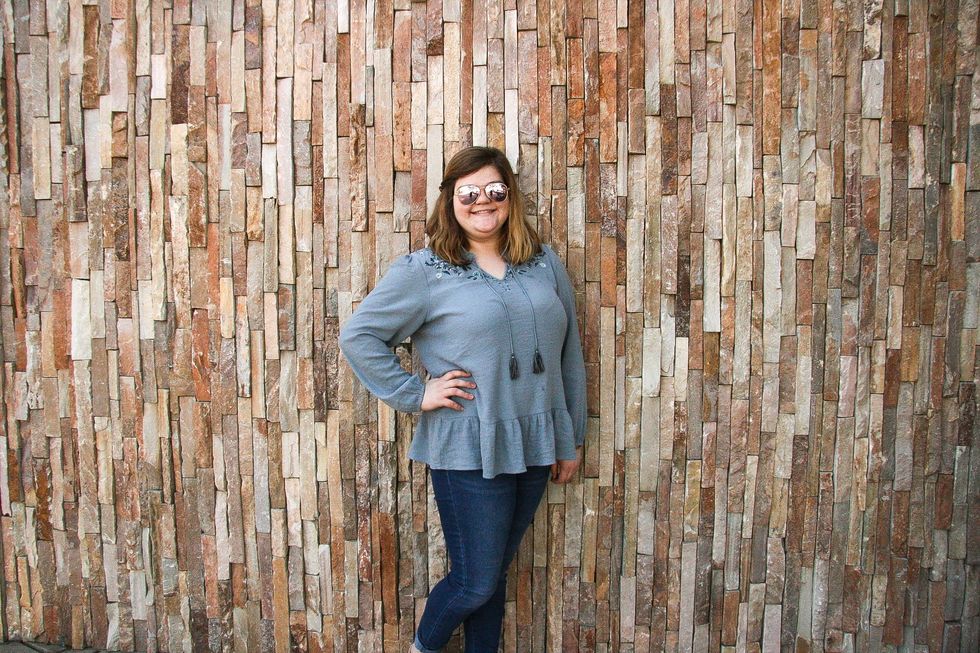It's National Eosinophil Awareness Week And More People Should Be Talking About It
It's time to raise awareness about eosinophil-associated diseases and support those, including myself, who are affected.
For anyone who is unaware, May 19 to May 25 is considered National Eosinophil Awareness Week as recognized by the American Partnership for Eosinophilic Disorders (Apfed) since 2007. The purpose of this week is to raise awareness and help educate individuals on the various eosinophil-associated diseases. Despite its existence being virtually unknown to many people, this week has become very significant in my life and I think more people should be having conversations about it.
If you had asked me about eosinophil-associated diseases two years ago, I wouldn't have been able to say a single thing besides maybe defining an eosinophil the way I learned to in my AP Biology class senior year of high school. But as of a few months ago, it has officially been one year since I was diagnosed with an eosinophil-associated disease — something I never imagined would happen in my life. While I won't share too much of my own experience because it's honestly quite personal and still a little sensitive to discuss, it's safe to say that eosinophils completely changed my life.
I was fracturing bones like it was my job — I think I had upwards of nine stress fractures in my legs and feet in a year and a half time period. I had to stop playing sports my senior year of high school and couldn't run at all. I was nauseous 24/7. I was rapidly losing weight to the point where I had lost close to 35 pounds and none of my clothes fit me. I couldn't swallow anything, including water. Eating was painful. I had no appetite.
I was sick and in pain ALL the time to the point where I would get emotional or even cry.
I missed school days, tests, exams, social events, and eventually had to quit my job for an entire summer because even getting out of bed was hard for me. Ultimately, even the decision about the college that I chose to attend was partially based on my health and the doctors I would need to visit frequently.
But the most significant thing was that I was experiencing severe depression and anxiety and was honestly just straight-up scared. Think about it: I was experiencing a wide range of life-altering symptoms yet no one could figure out why and even when they did, there was no cure and only limited options for treatment. Unfortunately, this is the reality for many patients and their families. The process of diagnosing an eosinophil-associated disease can take years and require pretty much every medical test you can even think of because these diseases are all classified as rare diseases.
I was experiencing symptoms for a year and the journey to an accurate diagnosis took about a year after that. The journey itself was not easy, as it involved numerous doctors and countless medical tests to eliminate other potential diagnoses like cancers, parasites or even celiac. Since then, I have been involved with treatment for a little over a year. For me, treatment involved several medications and steps, including gaining the weight I had lost.
But the main piece was cutting pretty much everything out of my diet, meaning no gluten, dairy, soy, eggs, seafood, or nuts. Gradually over time this treatment involves reintroducing the foods individually (each for a three-month period) to see what can be tolerated or which foods make my eosinophils act abnormally and then restricting my diet accordingly.
Since starting treatment my life has been gradually changing in a positive manner, which is something I couldn't have imagined when I initially became ill. Yes, I will still be sick for the rest of my life and experience the chronic waxing and waning of this disease, but hopefully years of experience and knowledge will make me better equipped to handle it. One day there may even be a cure. But until then I will continue to raise awareness and participate in National Eosinophil Awareness Week in solidarity with the few who are also sharing in my experience living with an eosinophil-associated disease.
While I wrote this article with the intention of participating in Eosinophil Awareness Week by raising awareness and educating (to some extent), it was about more than that. I wanted to give you a synopsis of my story and the challenges I face to make this week more understandable and more real. This was because I know that eosinophil is not only challenging to say (even I struggle) but also challenging to conceptualize.
If you're interested in learning more or you're still confused, I recommend doing some quick reading on Apfed's website because they are extremely helpful in the way they simplify the complex information.
If you would like to see what you can do during National Eosinophil Awareness Week, you can also click here to visit Apfed's day-by-day guide for the week, which included some fact sheets, information about wearing magenta to support the cause, and other information about individual participation.
Editor's note: The views expressed in this article are not intended to replace professional medical advice, diagnosis, or treatment.


























